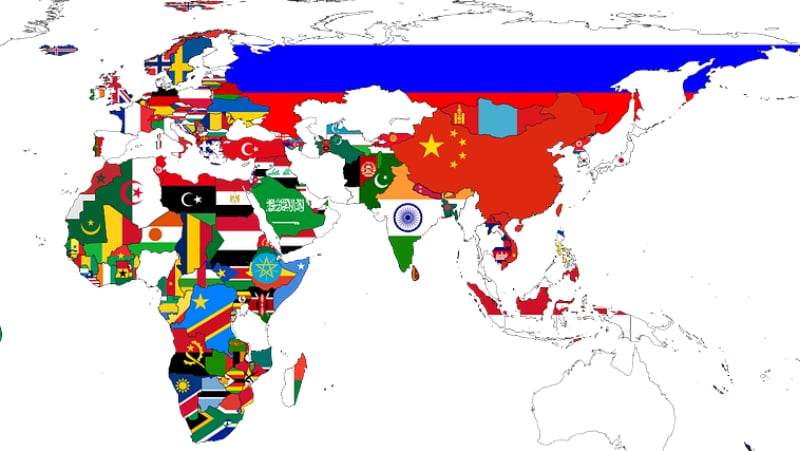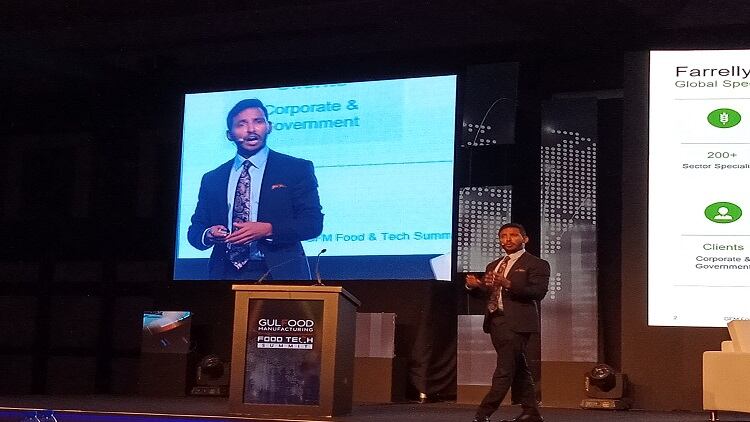The six trends identified by Mintel are: Total Wellbeing, Challenge Accepted, Redefining Adulthood, On Display, Social Isolation, and Rethink Plastic.
From these, we have identified several major takeaways that food and beverage industry players need to pay attention to.
“In 2019 and beyond, the region’s consumer landscape will evolve like never before, driven by themes of privacy, individuality, wellness, convenience and connectivity,” said Mintel via the official report.
Total Wellbeing
According to the report, even though the achievement of a healthy lifestyle is a goal for many consumers in the region. For example, 49% of Japanese consumers say that eating a healthy diet is important and they try to achieve this.
However, busy work and personal schedules often prevent them from achieving this, forcing a trend of opting for ‘what is most convenient, but not always healthy’.
“The stressful work and living conditions in Asia will encourage consumers to embrace lifestyles and products that support more balanced healthy solutions,” said Joyce Lam, Mintel Trends Analyst, Asia Pacific.
“Consumers in Asia are constantly on the lookout for new products and services that can support them in better managing their health, with optimal convenience.”
As an example, Chinese consumers are looking to having health supplements formatted as food products, and 49% of them think that these will have better effects.
“There is space for brands to explore food and drink products that can boost productivity throughout the day, while balancing energy and rest,” added the authors.
“[Products] will come in a form that is aligned with traditional Asian medicinal philosophy.”
The report also hinted that micro-sensors could be the way of the future, in the form of ‘a digestible sensor that breaks down your body’s pH levels, macro-nutrients consumed and vitamin intake required’ to provide all the information needed to achieve ‘total body balance’.
Rethink Plastic
In 2016 alone, 5.2 million plastic bottles were dumped in Hong Kong, whereas in South Korea 19 billion plastic bags are used every year: more than twice the European average, according to the report.
“[Fast-moving] urban lifestyles have created huge demand for convenience and affordability; sometimes with the consequence of harming the environment,” said Lam.
“[However, consumers’] desire to do their part for the environment is hampered by a lack of alternatives today. This is driving the need for brands to review alternatives and come up with innovative and disruptive changes that can potentially replace plastic usage,” added the authors.
Consumer awareness is on the rise, with some 40% of Chinese breakfast consumers voicing that they would like to see more environmentally friendly packaging for their breakfast.
This has become a major driver for food brands to take steps in tackling the various environmental issues, in an effort to ‘earn a positive brand image’ as well as improve sustainability.
Lam added that: “Brands that don’t make the effort to move away from unnecessary plastic use could see themselves shunned by increasingly ‘plastic-aware’ consumers.”
Challenge Accepted
Consumers are after new experiences in life instead of just spending on material things – and this applies to their experiences with food as well.
What this means for food brands is a need to ‘become more experiential, more engaging and more fun’.
“Brands will be challenged to keep up with expanding demands. Standing out from their competitors will increasingly entail challenging themselves and their consumers to be better,” said the authors.
“It will also require brands to better understand their consumers’ goals, and provide the products and services that help consumers achieve those goals, and adapt with them as the bar is constantly raised.”
As such, more innovation, as well as the exploration of new ideas and sensorial experiences are becoming increasingly important.
“In 2019 and beyond, brands will be challenged to become more experiential, engaging and fun,” Lam concluded.





